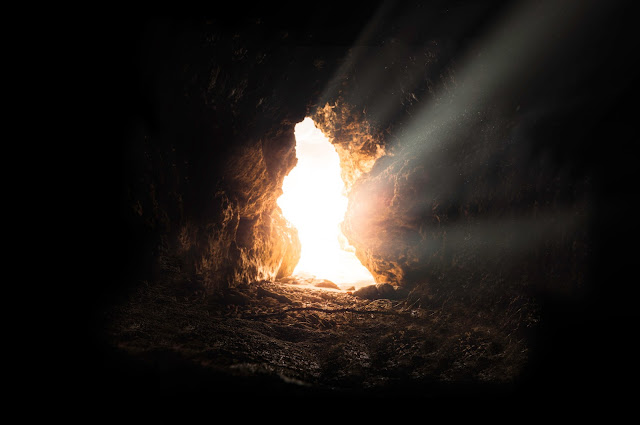Do You Love Me?

This is the sermon I preached on Sunday, 5/1/22 at St. Timothy Lutheran Church . The text was John 21:1-19 . Click here to listen/watch this song. Golde goes through the litany of all she does as a good wife of the time. Doesn’t that show she loves Tevye? Ultimately, they each decide that they do love each other. As that scene closes, they sing together, “It doesn't change a thing. But even so, after twenty-five years, It's nice to know.” Jesus asks Peter, “Do you love me more than these?” These what? In verse 15, who/what are the “these?” Is Jesus talking about fish? Since Jesus was no longer with the disciples in person, was Peter returning to fishing? Or, was it just a way for him to go to the familiar and clear his head? What do you think? Are the “these” the other disciples? Here we have Jesus commissioning Peter as leader of the disciples. Does Peter love Jesus more than the other disciples do, or does he love Jesus more than he loves the other disciples?





